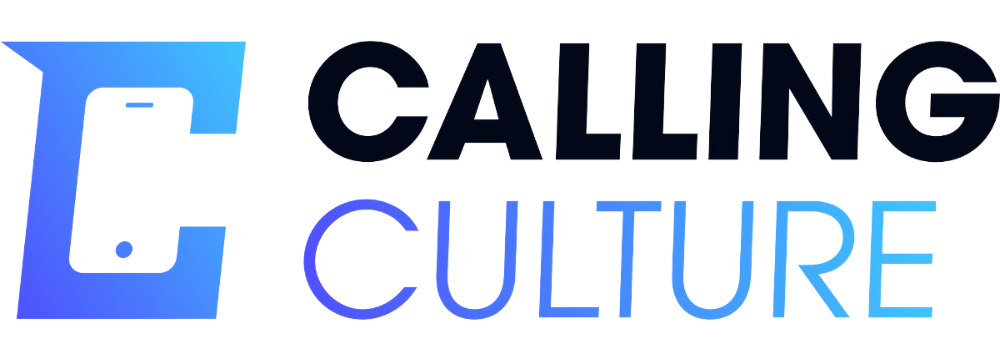Cold calling doesn’t need to be complex. Once you’re over the “omg who even uses the phone anymore!?” phase, implement these steps and you’ll be a pro in no time.
Start with a Smart Territory Plan
Before picking up the phone, know exactly who you’re calling and why. A good territory plan focuses your effort where it matters most.
Identify your top 50 accounts based on real potential – companies with clear indicators of budget and market fit. Choose industries that align well with your product’s strengths, and outline the specific roles you need to reach.
Understanding your industry and buyer persona well enough to be dangerous is often all the context you need to start having good conversations. For instance, if you’re calling financial services firms, knowing how retail banks make money through deposits and lending gives you enough context for relevant conversations.
This baseline knowledge lets you speak confidently about common challenges without getting lost in specifics.
Keep It Simple and Direct
Spending hours researching every prospect is a common mistake that actually hurts more than it helps. When making high-volume outreach, deep personalization reduces your chances of success by limiting your reach.
Instead, group similar prospects together based on role and industry. This lets you focus on common challenges without getting bogged down in details.
Your opener should be straightforward and confident: “Hi [Name], this is [Your Name] from [Company]. How are you?”
This sets a professional tone without wasting time on unnecessary preamble. You’re not trying to pitch your entire product in the first 30 seconds. You’re opening the door to a conversation about their business challenges and how you might help address them.
The reality is that no amount of research impacts whether someone will pick up the phone. Making 20 “strategic” calls a day with deep research often yields worse results than making 100 calls with solid industry knowledge. The math simply works better when you maintain higher volume with relevant messaging.
Focus on Volume Without Sacrificing Quality
Success in cold calling comes from consistent activity. Use tools like power dialers to increase your connection rates, and batch similar prospects together to maintain a steady rhythm.
Many sales professionals debate the best time to call, but the truth is simple – if it’s business hours, it’s a good time to call.
Early morning and late afternoon often yield higher answer rates, but don’t limit yourself to these windows. Start calling as early as 7:45 AM and continue through the end of the business day.
The key is maintaining steady activity rather than trying to perfectly time your calls.
Keep Conversations Natural
Approach each call as a simple conversation rather than a high-stakes pitch. Drop the complex jargon and focus on learning about their situation. The goal isn’t to sell on the first call – it’s to understand their challenges and determine if a longer conversation makes sense.
When prospects say they’re busy, acknowledge it naturally:
“Totally understand, I can be brief – does now work for a quick chat, or would later be better?”
This shows respect for their time while keeping the door open for dialogue.
For common objections like “just send me an email,” stay confident and direct:
“I could send an email, but I think a quick chat would be more helpful. I want to make sure this is relevant for you. Do you have a minute now?”
When prospects push for long-term follow-up like “call me in 60 days,” challenge them gently:
“What do you expect to change between now and then?”
Often this reveals the real situation and gives you a chance to address actual concerns.
Building Long-Term Success
Cold calling is both art and science. High-volume outreach combined with a straightforward, value-focused approach increases your odds of connecting with the right people. The goal isn’t to sell on the first call – it’s to identify potential partnerships where you can deliver real value.
Don’t get discouraged by rejection or brush-offs. They’re an inherent part of the process. Focus on building a system that’s repeatable and productive. This means maintaining high activity levels, using a consistent approach, and having genuine discussions about business challenges.When you shift your mindset from “selling something” to “exploring how you might help,” conversations naturally become more productive.
You’re not trying to change anything immediately. You’re looking to understand their situation and determine if there’s potential to work together. This authentic approach, combined with consistent execution, turns cold calls into valuable business relationships.









